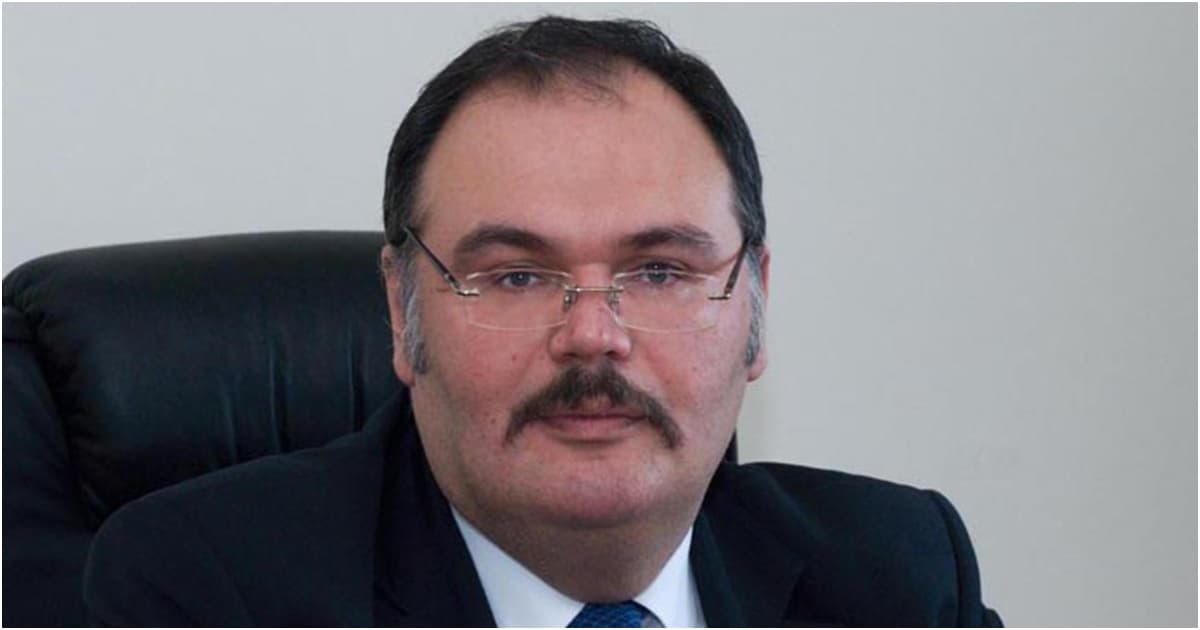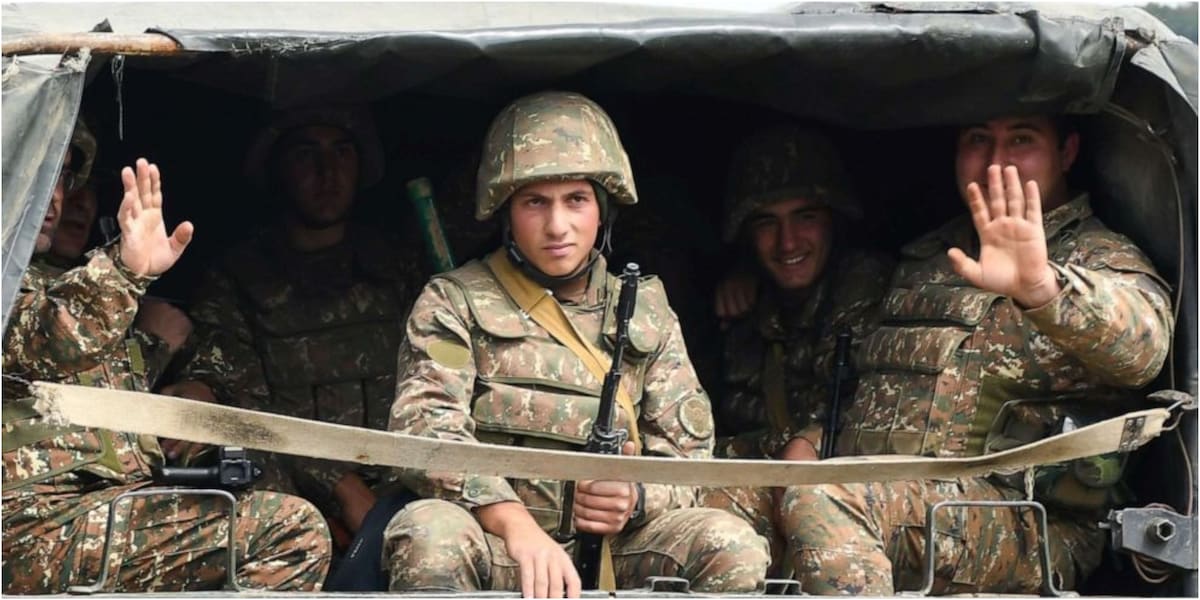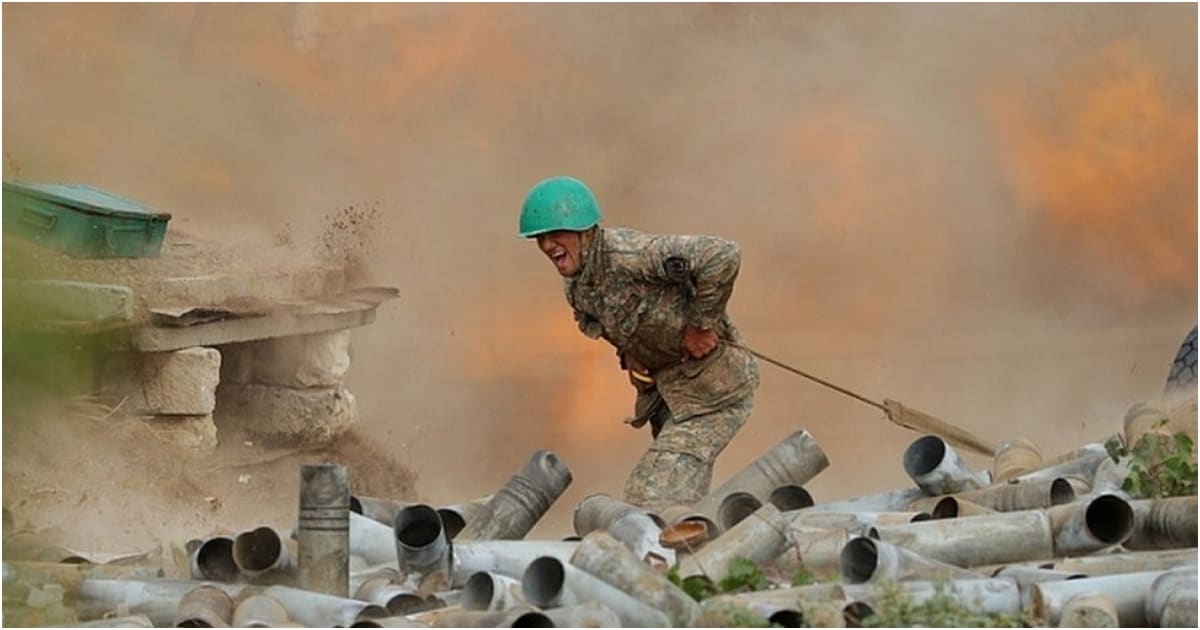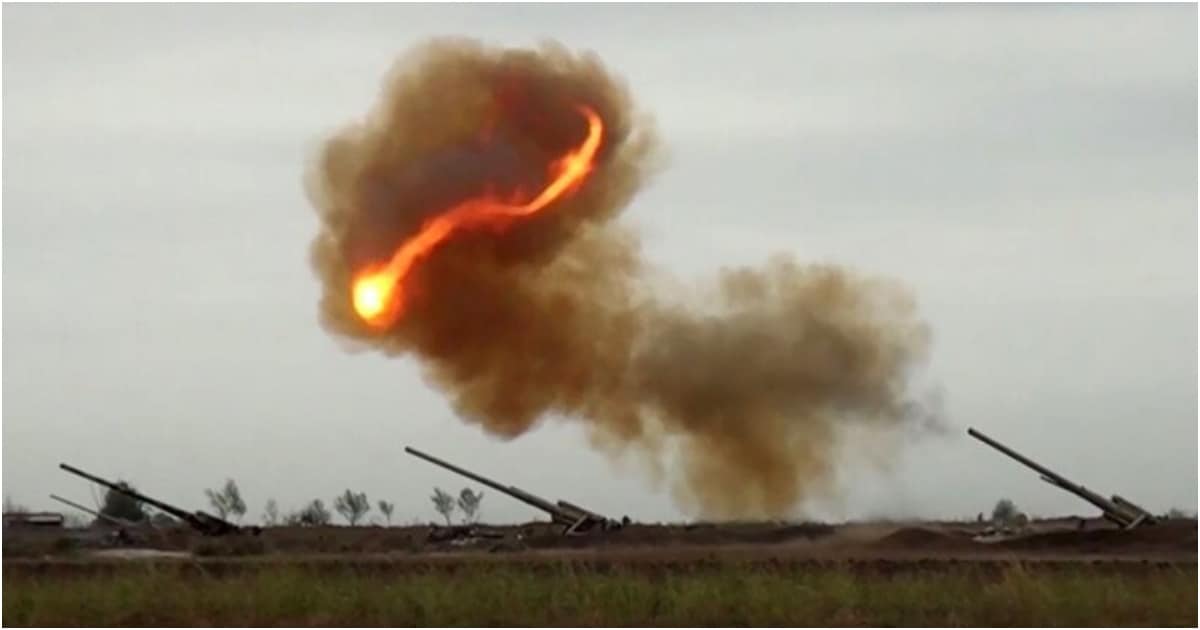Daily updates: Nagorno-Karabakh conflict
Fierce fighting started in the Caucasus region of South-Eastern Europe on Sunday, September 7, following an announcement by Armenia that it was declaring martial law and mobilising its army.
Trending topics on the go: How we write news at YEN.com.gh

Source: UGC
Since then Armenia and Azerbaijan forces have been engaged in fighting with dozens of deaths being reported among them, civilians.
It was reported At the heart of the conflict was a dispute over the control of the mountainous region of Nagorno-Karabakh which has been internationally recognised as part of Azerbaijan.
Armenia claimed Azerbaijan had launched a military operation inside the breakaway region with the latter claiming it attacked only in response to Armenian shelling.
In a joint appeal, Russian President Vladimir Putin, US President Donald Trump and Macron urged the two sides to return to negotiations aimed at resolving their longstanding territorial dispute.
Armenian Prime Minister Nikol Pashinyan and Azerbaijani leader Ilham Aliyev have both rejected the idea of holding talks.
October 2: Armenia ready for truce talks as Nagorno-Karabakh capital is struck by missile
Armenia announced it was ready to engage with the United States, Russia and France on ending the six days of fighting with Azerbaijan that has left almost 100 people dead including civilians.
The three countries which co-chair the OSCE Minsk mediation group had called for a ceasefire, but so far Azerbaijan had not given a positive response to the proposed talks.
In the latest fighting, Azerbaijan forces said they had made further advances, but accused Armenia of artillery attacks on four villages, causing civilian casualties.
Armenia says it has shot down seven drones flying near the capital, Yerevan, but the claim was rejected by Azerbaijan.
The regional capital Stepanakert was struck by drones several times in the last few days which are said to have been identifying targets for artillery fire.
At regular intervals on October 2, there was a sound of missiles landing. A rocket was reported to have come down in front of a government building on the outskirts of the town. Enjoy reading our stories? Download YEN's news app on Google Play now and stay up-to-date with major Ghana news!
September 29: Azeri Ambassador to UK calls for diplomatic solution as fighting intesifies
The disputed enclave of Nagorno- Karabakh which many countries recognise as part of Azerbaijan was a de facto independent state with an Armenian ethnic majority.

Source: UGC
This was after Azeris were expelled during a civil war in the late 1980s and '90s and for years that conflict had been put on ice.
however, the conflict has now fared up again and the concern was that outside powers like Turkey could be pulled into the dispute, further escalating it.
The ambassador of Azerbaijan to the United Kingdom, Tahir Taghizadeh called on the international community to help them find a long-term compromise
He further asked for a solution including a right to return for those expelled thirty years ago.
September 30 : Why Armenia and Azerbaijan are fighting each other
Armenia and Azerbaijan government both accused each other of starting the current round of fighting, however, experts said it was not clear what triggered it now.

Source: UGC
Fighting periodically breaks out around Nagorno-Karabakh’s borders, often deadly, notably in 2016 when the two countries fought an inconclusive five-day war that killed over 100 people.
Intense skirmishes are reported t have been fought again in July 2020 along the border.
But independent analysts and civilians on the ground say the current fighting is far heavier than at any time since the 1990s and that the risks of a full-scale war are much higher.
The Nagorno-Karabakh had been recognised internationally as Azerbaijan’s territory but the majority of its population was Armenian who resisted Azerbaijani rule for more than a century.
However, the region remained under the control of ethnic Armenians since a war ended in 1994 where tens of thousands of people died and a million others forced to leave their homes.
In 1991 the region declared independence and since then it had ruled itself – with Armenian support – as the unrecognised Republic of Artsakh.
The mountainous, landlocked region inside the borders of Azerbaijan, is reported to have been a source of dispute since before the creation of the Soviet Union.
Tensions were suppressed when both Armenia and Azerbaijan were Soviet states, but they re-emerged as the cold war ended and Communist party control of the bloc dissolved.
However, Armenia and Azerbaijan never signed a peace treaty and the conflict remained unresolved, frequently seeing violent clashes for the past three decades.
International mediation efforts led by Russia, France and the United States have made little headway.
The border between the two was considered one of the most militarized in the world, Laurence Broers, the Caucasus programme director at Conciliation Resources, a peace-building group told The Guardian.
September 30: Death toll in Nagorno-Karabakh battle rises
As the battle Between Armenian and Azerbaijani forces in the Nagorno-Karabakh region intensified, the number of casualties was reported to be nearly 100 as of September 30, 2020.

Source: UGC
The BBC reported the self-proclaimed republic that was under the control of Ethnic Armenia reported 84 military deaths since Sunday, October 27 as well as civilian victims.
Azerbaijan, however, did not reveal its military losses but confirmed seven civilian deaths.
The fighting appeared to be spilling out of Nagorno-Karabakh.
Armenia's defence ministry said a passenger bus had been hit by an Azerbaijani drone in the eastern Armenian city of Vardenis.
There were, however, no reports of casualties.
Azerbaijan earlier said two of its civilians had been killed in Armenian shelling in Azerbaijan following the deaths of five people from the same family a day earlier.
October 1: Azerbaijan, Armenia defy calls for a ceasefire
Both the Azerbaijan and Armenia government defied international calls for a ceasefire.

Source: UGC
The United States, France and Russia jointly condemned the fighting over the disputed Nagorno-Karabakh region in the southern Caucasus.
However, Turkey which is an ally of Azerbaijan dismissed demands for a ceasefire saying it would be possible if Armenia ended its occupation of the Azerbaijan territory.
In a joint statement, Russian President Vladimir Putin, French President Emmanuel Macron and US President Donald Trump all called for an immediate cessation of hostilities.
"We also call on the leaders of Armenia and Azerbaijan to immediately commit themselves to resume negotiations on the substance of the settlement in good faith and without preconditions," it read.
The three were speaking as co-chairs of the OSCE Minsk Group, which was founded in the early 1990s to try to find a peaceful solution to the Nagorno-Karabakh conflict.
Russia is said to be part of a military alliance with Armenia and has a military base in the country but it also has close ties to the government of Azerbaijan.
